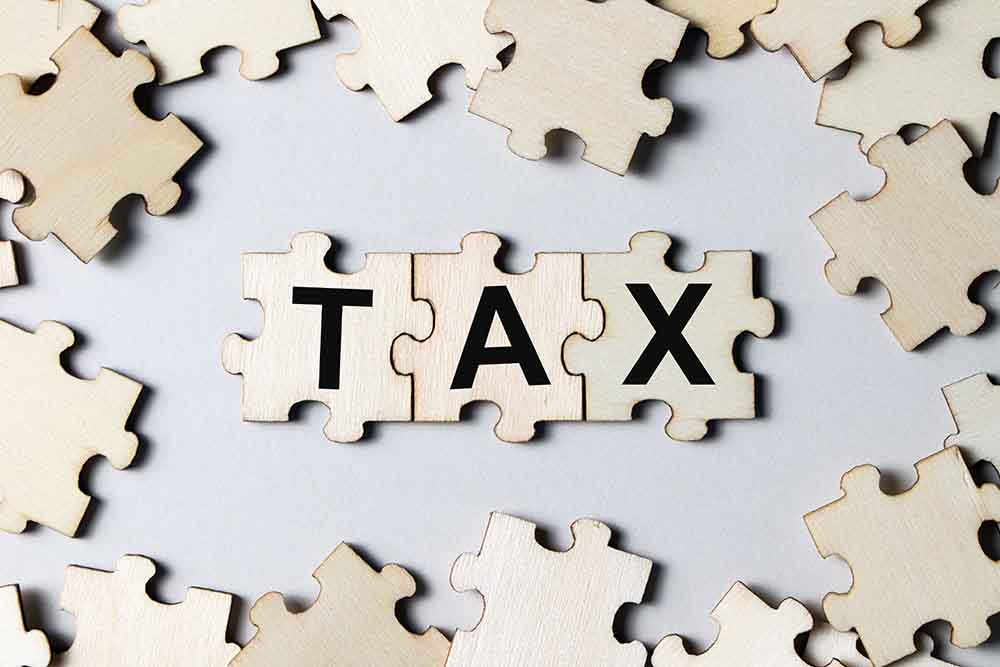OTTAWA — Buy a new car. Fill the tank. Hit the road, Jack. It’s a great time for a highway vacation. As a percentage of household income, new cars are a good deal and gasoline sells at reasonable prices everywhere on the continent. You don’t need a new car? Buy one anyway and help upgrade the fleet. Better still: Drive down to the States, buy a new car and save yourself several thousand dollars.
Everybody owns a couple of cars these days anyway and 20 per cent of households own three or more (as opposed to 2 per cent of households in the sixties and 5 per cent of households in the seventies). With all of these great cars in the garage, it’s no surprise that we’re setting records every year for the number of miles we travel on North America’s four million miles of roads — enough, laid end to end, to circle the globe 150 times, enough to get to the moon and back eight times.
Americans and Canadians drive more than any other people on Earth. Together we drive 1.5 trillion miles a year in passenger cars alone, three trillion miles in all vehicles combined — an average of roughly 10,000 miles for every man, woman and child. We’ve increased our vehicle miles, or VMs, relentlessly for more than 50 years, pausing for nothing, including the price of crude oil.
U.S. Department of Transportation statistics track the trend. In the fifties, Americans drove an average of 3,029 VMs a year; the average annual price of crude oil for the decade was $21 (U.S.) a barrel (expressed as an annual average, in 2005 dollars). In the sixties, they drove 3,994 VMs; the price of crude: $18. In the seventies, they drove 5,440 VMs; the price of crude: $36, a 100-per-cent increase.
In the eighties, they drove 6,722 VMs; the price of crude: $50. In the nineties, they drove 8,590 VMs; the price of crude: $24. In 2000, they drove 9,735 VMs. In 2001, 9,812 VMs. In 2002, 9,916 VMs. In 2003, 9,940 VMs; the average price of crude in the past six years: $33. In these 54 years, the country’s population had increased by 1.9 per cent a year, miles driven by 2.3 per cent. In fact, U.S. “vehicle miles” precisely tracked U.S. GDP and the price of crude remained awkwardly irrelevant.
The pervasive fretting that accompanies the periodic rise and fall of gas prices has been a remarkable waste of energy. Gasoline is a small part of the cost of owning and operating a car, and increases in personal incomes make it less important now than it has ever been. Car prices are now falling, too, marginally in Canada but further in the United States. Detroit-based Comerica Bank notes, in its “affordability index,” that 2006 model cars are selling for less than 1996 models sold a decade ago. Ten years ago, Americans needed 31 weeks of average family income to pay for a new car; now they can do it with 25 weeks’ income. And Canadians can now cash in on this deflationary phenomenon.
(“Loonie’s rise gives Canadians a break south of the border,” The Globe and Mail, June 22.) As for gas prices, University of Michigan economist Mark Perry suggests we look at them in terms of minutes worked per gallon. “An American working today at the average hourly wage of $17.50 works about seven minutes (7.2 minutes) to buy a gallon of gas,” he says. “In contrast, the average worker in the thirties worked more than 20 minutes. In the forties, 12 minutes. In the fifties, 10 minutes. Americans are paying the same for gas now as they paid in the seventies, when the retail price was 40 cents a gallon, and much less than they paid in the eighties when gas prices peaked.” Mr. Perry also compares gas prices over time, calculating the cost of 1,000 gallons purchased at the average price in any given year and expressing it as a percentage of per-capita disposable income.
In 1935, when U.S. gas prices were 17 cents a gallon and annual disposable income was $466, the cost of 1,000 gallons was 36 per cent of the disposable income. In 2005, the cost would have been 7 per cent of disposable income.
Canadians pay more than Americans, of course — but only because we pay more taxes, not because of the cost of the gas itself.
It is increasingly de rigueur, in progressive circles, to assume that people must be punished, one way or another, for driving cars — bringing to mind H.L. Mencken’s definition of a puritan as a person with an enduring suspicion that someone, somewhere, is having fun. It is increasingly de rigueur to favour carbon taxes as the best way to inflict the necessary pain.
Most people drive most of the time for necessity, of course, and only occasionally for pleasure. It’s reasonable, in either case, to expect drivers to pay for the roads and the bridges. Higher gas taxes, levied at the pump, punish only poor low-income people. At best, you influence which of several cars people use either for work or for pleasure. Happy summer motoring.


